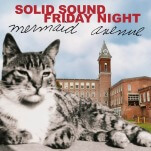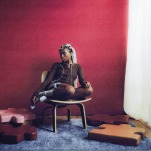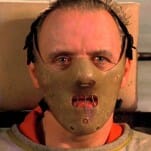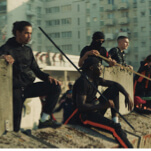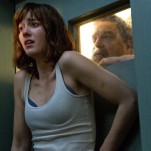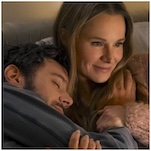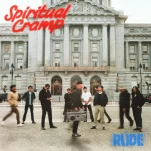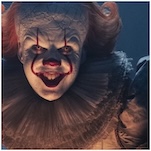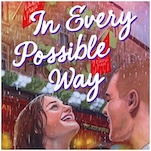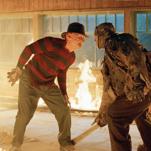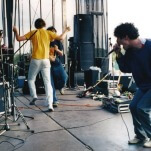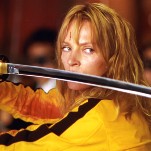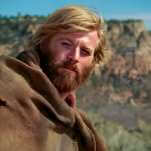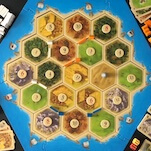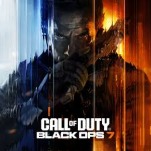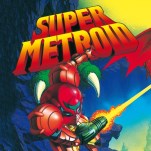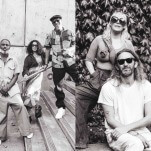Viral Failure: How the Internet Killed Late-Night Comedy
In the year 2000, YouTube was a collection of VHS tapes in our basement. Facebook was hanging out with my older brother and watching those tapes which, in our case, mostly held episodes of Late Night with Conan O’Brien. Twitter consisted of retelling monologue jokes at dinner. And in those halcyon days, my favorite “YouTube” video was the staring contest from Andy Richter’s then-final show with Conan.
The conceit of those old Late Night staring contests was that Conan and Andy would have to maintain eye contact while bizarre or shocking sketches played out behind them. Usually, the distractions were only visible to Andy and he always broke first. Not only was the final staring contest Andy’s first and only win, it was also, in my view, the show’s magnum opus: seven minutes of delightfully absurd, refreshingly unpolished, and completely silent sketch comedy.
Watching it again on the real YouTube, it’s still legendary. Conan and Andy work the crowd with their facial expressions alone. The sketches showcase the experimental energy of a Late Night writers’ room that was completely unafraid to try out weird ideas and make bad visual puns. I don’t think I’ve ever laughed harder than I did when a pirate with a squawking parrot on his shoulder walked out behind Conan, followed quickly by the inverse: a man in a parrot costume with a tiny pirate on his shoulder that squealed “Aye, matey! Aye, matey!” Huddled in our basement, my brother and I would rewind and replay the sketch over and over again, and the parrot part never stopped being funny.
-

-

-

-

-

-

-

-

-

-

-

-

-

-

-

-

-

-

-

-

-

-

-

-

-

-

-

-

-

-

-

-

-

-

-

-

-

-

-

-




